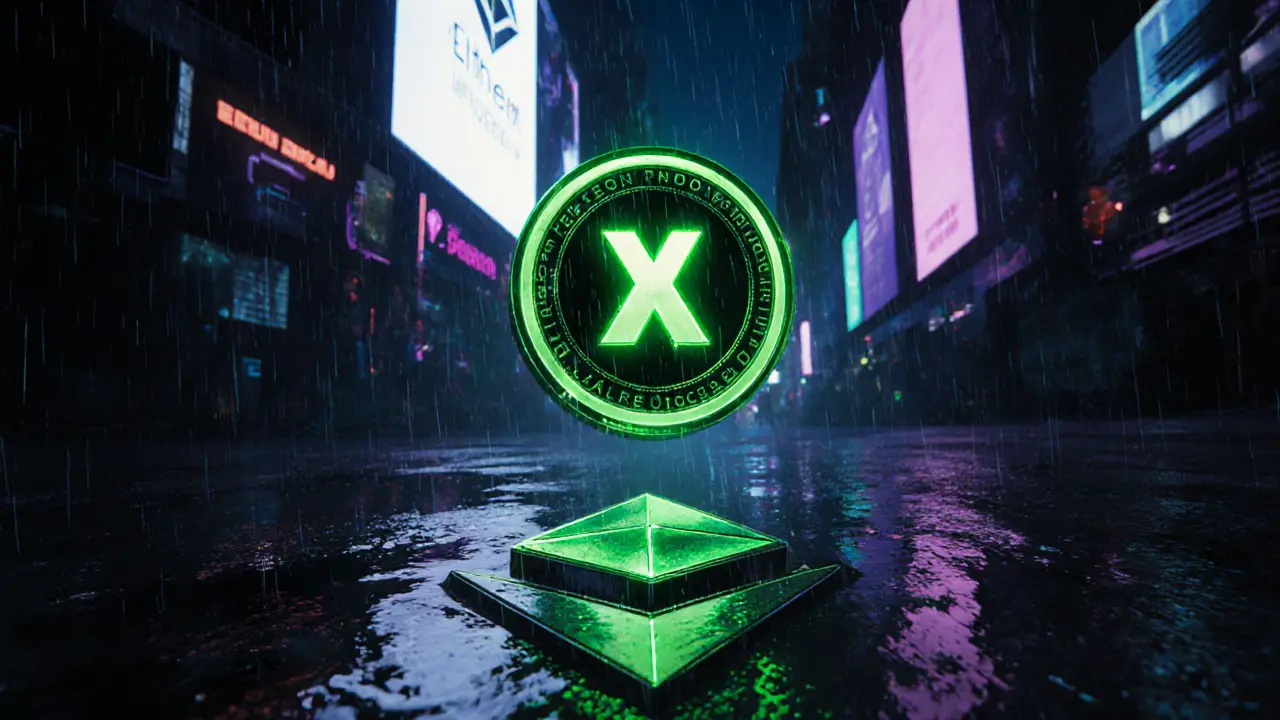ERC-20 Token Standard
When working with ERC-20, a technical standard for fungible tokens on the Ethereum blockchain. Also known as Ethereum Request for Comments 20, it defines how tokens are created, transferred, and interacted with via smart contracts. Understanding ERC-20 is the first step to navigating a world of token airdrops, DeFi projects, and exchange listings.
The backbone of ERC-20 lives on Ethereum, the decentralized platform that hosts millions of smart contracts and dApps. Without Ethereum, the ERC-20 standard would have no execution environment. Ethereum brings the Smart Contract, self‑executing code that enforces token rules without a middleman that makes ERC-20 tokens functional, enabling transfers, approvals, and balance queries automatically. This synergy lets developers launch new tokens in minutes rather than weeks.
Why ERC-20 matters for airdrops, DeFi, and trading
Most of the airdrops you see on TokenCustom, like the POSI or CRDT giveaways, rely on ERC-20 because the standard’s uniform interface lets wallets batch claim transactions with just a few lines of code. A Token Airdrop, a distribution event where free tokens are sent to eligible addresses can target thousands of users instantly, thanks to ERC-20’s transfer and approve functions. This efficiency fuels the rapid growth of community tokens and experimental projects.
Beyond giveaways, ERC-20 tokens are the building blocks of DeFi protocols—lending platforms, automated market makers, and yield farms all depend on them. When a DeFi app needs to lock collateral, it simply calls the ERC-20 transferFrom method, ensuring the same security guarantees across the ecosystem. Because of this, many of our reviews, such as the OpenSwap Layer‑2 DEX or the DefiPlaza exchange, focus on how well they support ERC-20 trading pairs, gas fees, and liquidity provision.
Security is another angle: smart‑contract bugs like reentrancy attacks can cripple an ERC-20 token, as seen in historic DAO exploits. Our guides on reentrancy prevention and token audit basics show how developers can protect their ERC-20 contracts, while traders learn to spot red flags before investing.
In short, mastering ERC-20 opens the door to a whole suite of crypto activities—from catching the next airdrop to evaluating DeFi yields and spotting exchange opportunities. Below you’ll find a curated collection of deep dives, reviews, and how‑to guides that put this standard to work in the real world.
A clear, in‑depth look at GIBX Swap (X) token, its DEX claims, data inconsistencies, risks, and how it stacks up against major platforms.
Learn what MetaDAO (new) (META) crypto coin is, its tokenomics, decision‑market governance, market performance, risks, and how to acquire it.


